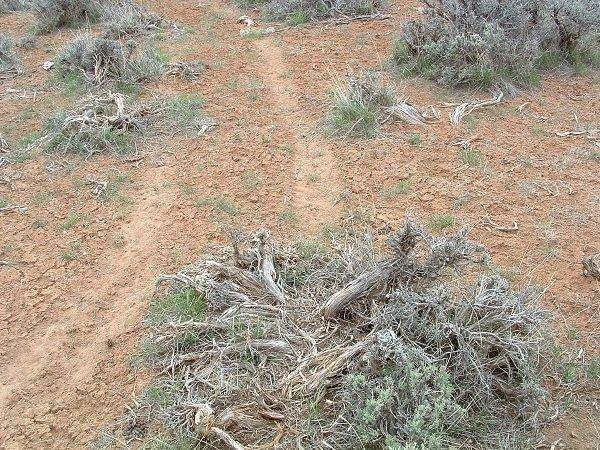Utah Division of Wildlife Resources Press Release
Utah’s antler gathering ethics course started as a way to reduce wildlife harassment and habitat damage caused by those gathering shed antlers.
The mandatory online course, available at www.wildlife.utah.gov/shedantler, started in 2009. The number of people who have completed the course and participated in shed antler gathering has grown. Unfortunately, recent actions by some who gather shed antlers is still a concern.
“We’ve seen signs and heard complaints about shed hunters chasing deer and elk cross-country in hopes the running will cause the animals’ antlers to fall off early,” stated Utah Division of Wildlife Resources Conservation Officer, Randy Scheetz.”It’s about the worst thing they could do to these bucks and bulls.”
Spring is a critical time for deer, elk and other wildlife. To survive Utah’s winters, deer and elk burn fat reserves to supplement a lack of nutritious food. If an animal runs out of fat reserves before warm weather brings green vegetation, it will probably die.
Animals save energy in winter by resting and staying close to feeding areas. If the animals must move to escape a threat, such as a shed gatherer or a dog, they’re forced to deplete their fat reserves needlessly.
This waste of precious energy could be the difference between life and death.
Utah and other western states are seeing a dramatic increase in the number of vehicles traveling off-road, especially four-wheel all-terrain vehicles and side-by-side ATVs. Some of these drivers are causing major habitat damage through their actions.
To protect the habitat, land management agencies have placed restrictions on off-road travel. Almost all of the agencies have adopted a “closed unless posted open” policy for public lands. In northeastern Utah, for example, the Bureau of Land Management designates lands as open, limited or closed.
- Open lands don’t have any restrictions.
- On limited lands, vehicles must stay on existing roads and trails. These roads and trails are marked on BLM maps and by signs.
- On closed lands, no vehicle use is allowed. Remember, if a sign does not indicate an area is open to vehicle use, it’s closed.
In addition to the land designations, the BLM, DWR, Tread Lightly, U.S. Forest Service, Utah School and Institutional Trust Lands Administration and Utah State Parks have joined forces to ensure off-highway vehicle riding happens responsibly and safely in Utah. More information about the state’s Ride On Utah campaign is available at www.treadlightly.org/programs/ride-on/ride-on-utah.
“Shed hunters and other visitors need to act responsibly,” Scheetz advised.”Otherwise, they’re going to kill animals and damage the habitat of the deer and elk they claim to love.”

